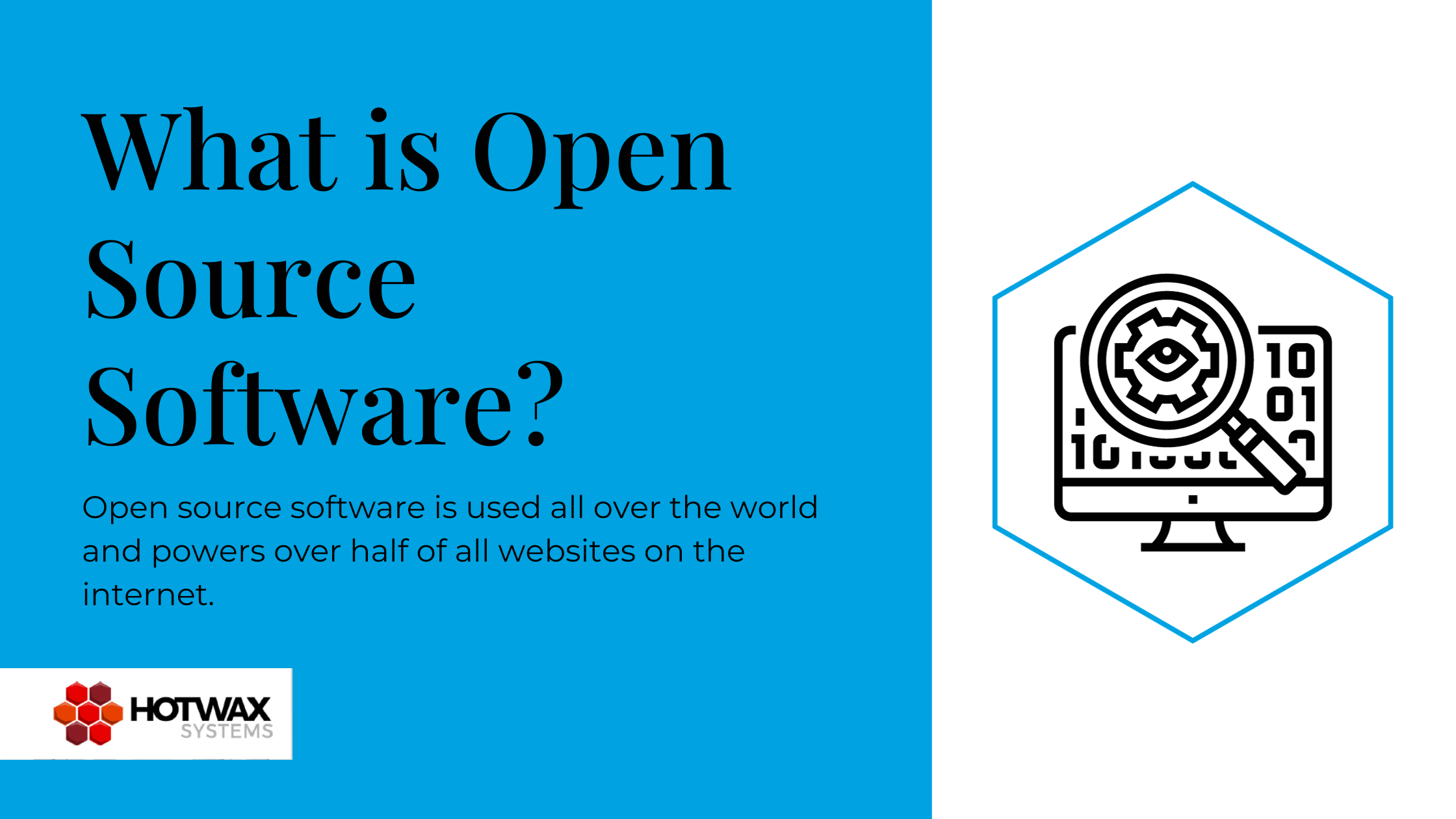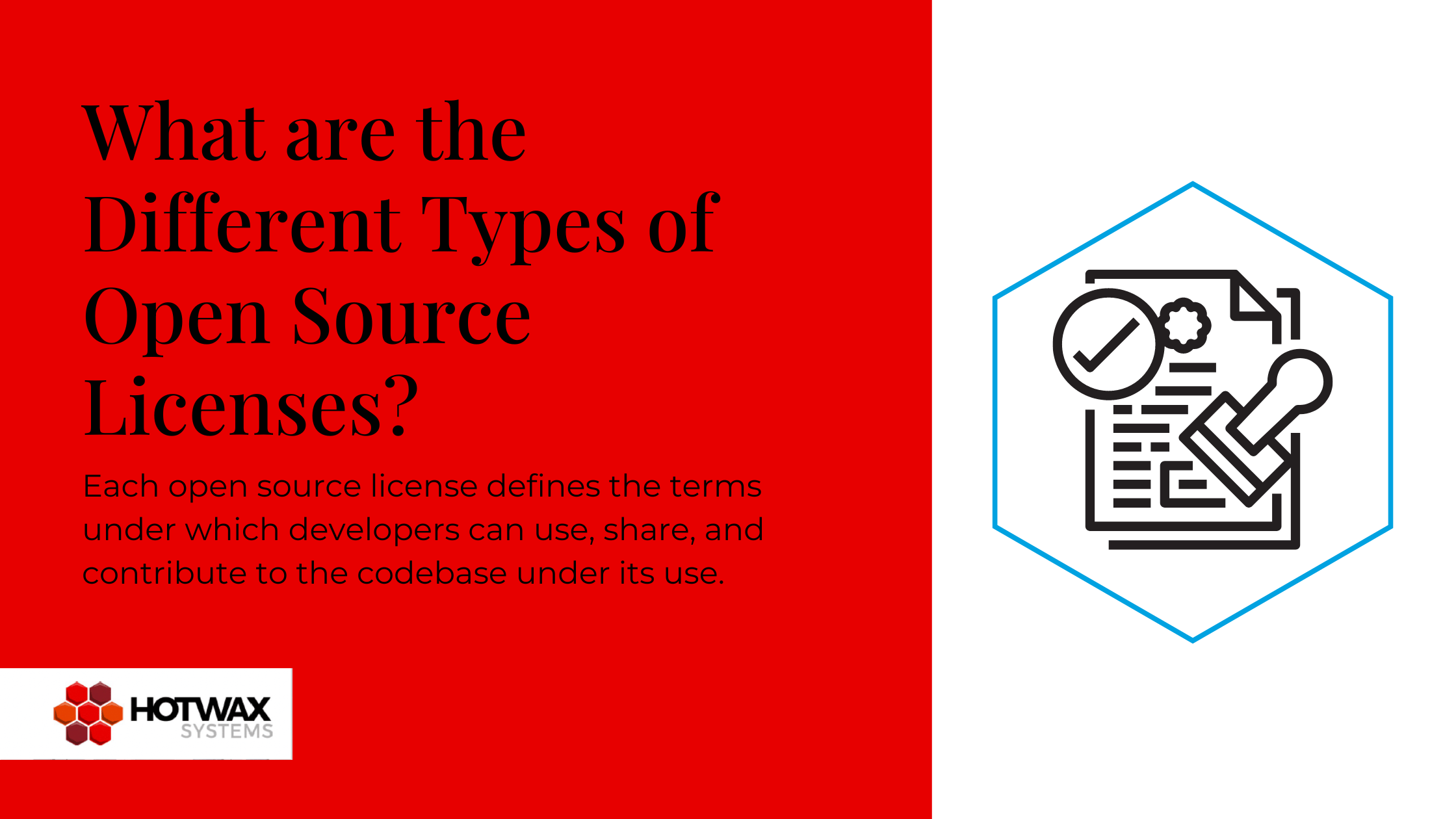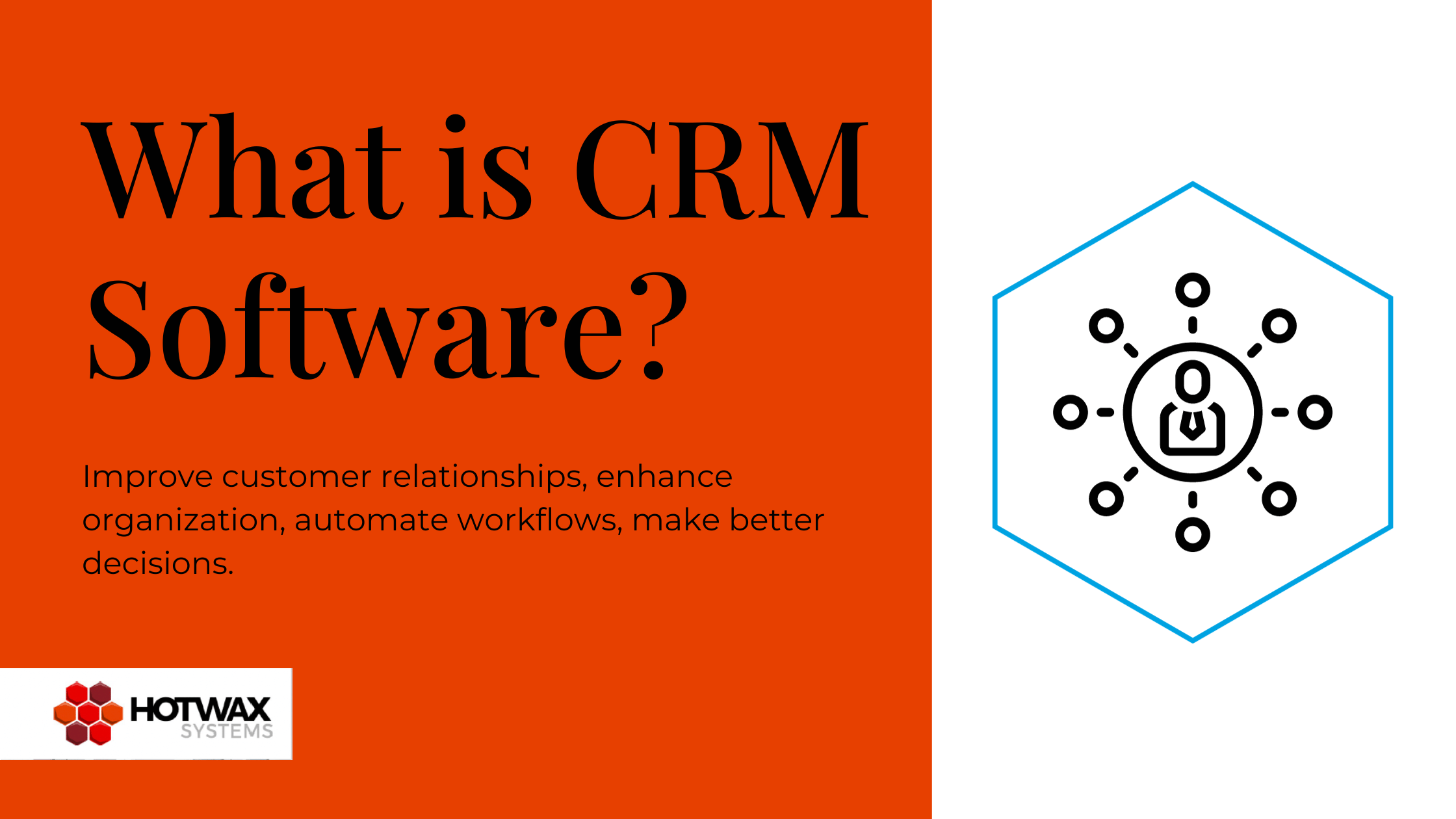If you’re an ecommerce shopper there’s a good chance you’ve experienced a relatively new, very pinpointed and rapidly growing type of PPC advertising called remarketing (or retargeting, depending on who you ask).
Is it a strange coincidence that the banner ad showing up everywhere you go online now just happens to be from a site you recently visited? Absolutely not. In fact, when it comes to search engines and user behavior there isn’t much that’s left to chance these days, especially when it comes to search results and paid advertising.
Ecommerce sites from large to small are tinkering with this highly targeted ad channel in order to try and capitalize on previously missed opportunities.
In the world of Google it’s called remarketing, but for the rest of the advertising community it’s referred to as retargeting. But no matter what you call it, this precise advertising option has ecommerce sites big and small testing the waters. Before you rush to activate a new campaign in your Adwords account or sign up with a company like AdRoll, it’s worth it to do some analysis and consider the impact this may or may not have on you’re your audience, and consequently your brand. Here’s a little guidance to get you started.
The Good:
This advertising function provides a means for you to target visitors that have made it to your site and then left without performing the desired outcome. (i.e. buying your product, submitting a form, filling out the information on the Contact Page, etc.) By placing a pixel (a whimsical term for a cookie) on a page of their site a merchant can instantaniously put on their advertising hat and trail a visitor after they exit so that an ad will be displayed once that visitor lands on another site that is part of a display network.In short, remarketing (or retargeting) observes the activity of a visitor after they leave your site, and renders your ad on another site that is a part of a display network. This provides a unique opportunity to entice visitors that were already engaged on your site to come back and finish what they started. That’s qualified traffic.
The Bad:
Despite the benefits that may come with this kind of concise marketing it is definitely not a set it and forget it kind of campaign. In fact, there is fair amount of work and management that needs to be done here, from creative and brand messaging to setting parameters and analyzing audience behavior. Since it will take some time to build up a data set and actually convince those past visitors to come back you should probably expect at least a three month commitment before you get to a place in your strategy that can be judged and analyzed fairly.
The Awkward:
Currently I have a very large outdoor ecommerce site rendering an ad to me approximately 5 times a week. This is clearly based on a search I performed on their site roughly three months ago, and the frequency is starting to get annoying. So maybe this is an obvious statement, but marketing of this kind could actually work against you if you don’t establish some rules about where effectiveness ends and intrusiveness begins. The takeaway here is that an ecommerce shopper might be slightly weirded out by a company’s ability to follow them after they leave a site. If remarketing is really overdone people will undoubtedly tire of seeing your ads, and worse than that, might develop a negative perception of your brand.
Remember, this is a tool designed to [re]target users that have already engaged your site and brand , probably as a result of good SEO practices, other paid ads, word of mouth or some other form of advertising. It’s likely these visitors found you for a reason, so avoid oversaturating them with ads that may develop into a negative perception.
Don’t cross that line. It’s heavily disputed where that line is, but if you try remarketing the goal will be to not to cross it. To paraphrase the infinite wisdom of Ron Burgundy, always remember, “Stay classy [Your Name Here] San Diego.






